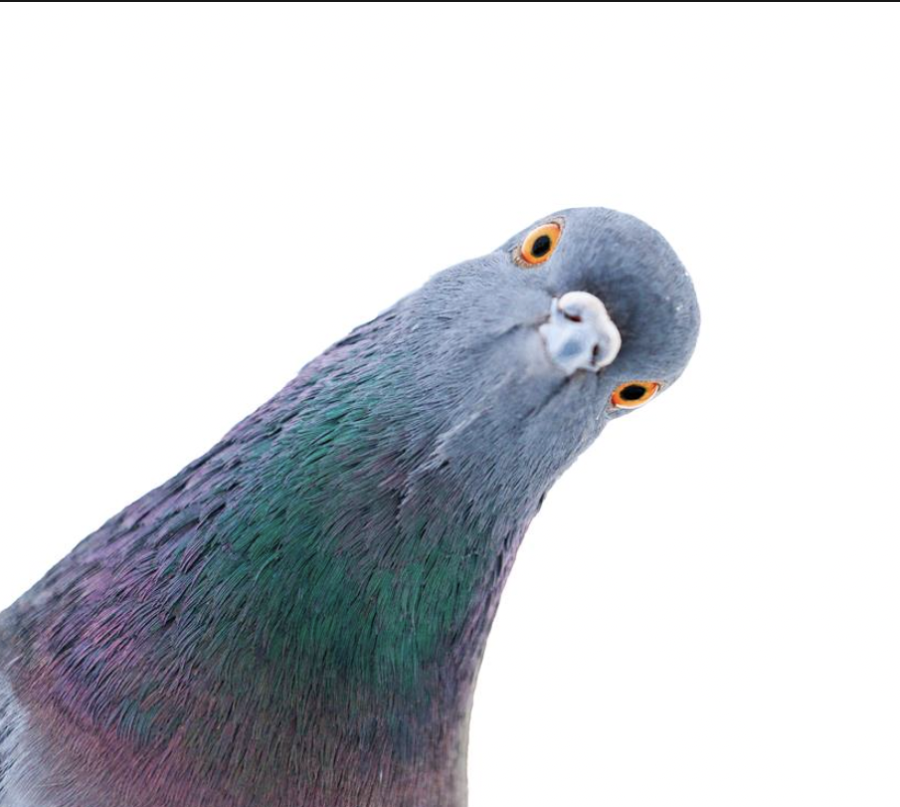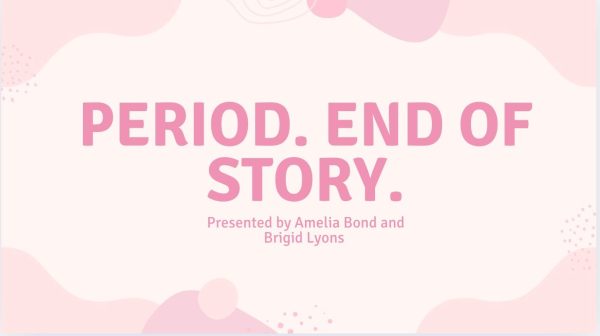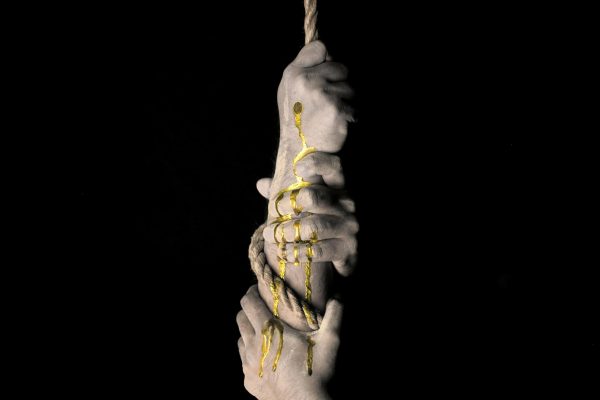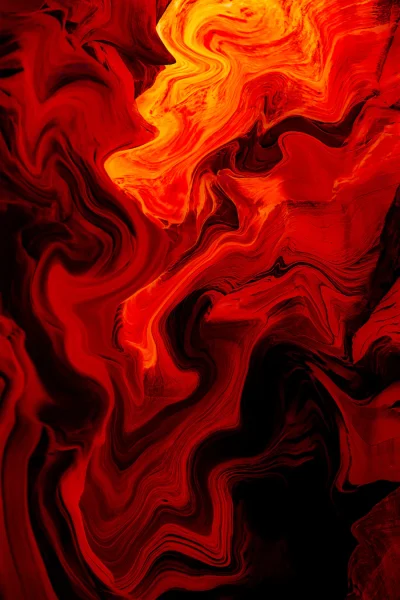Helen’s Pigeon Essay
Although there are over 400 million pigeons worldwide, when walking down a city street, their primary habitat, you may be prone to ignoring them. After all, pigeons’ bland, gray bodies and white spots blend into the somehow perpetually damp concrete peppered with bright spots of once-new gum. But that is before you see their shiny, shimmery, iridescent neck feathers, as though they wear a ring of butterflies around their necks.
Going against their name, pigeonsarentreal.co.uk will tell you that a microscopic structure in pigeons’ neck feathers refracts light so that we see greens, purples, blues when really, they are just gray. Pigeonpedia.com agrees, so surely this isn’t merely anti-pigeon propaganda but is in fact, scientifically based. Pigeons’ masterful disguise is enviable. How easy it would be to conceal perceived ugliness with an array of beautiful colors. How nice for even your greatest adversaries to agree that there is one, just one, redeemable part of your appearance.
This poor, despised bird really lost out on the genetics lottery: both pigeons and doves share a common ancestor, the blue rock pigeon. Doves are associated with beauty, love, and divinity while pigeons are commonly hated, called ugly, or dumb. Somehow, through this entrenched mistreatment, the pigeon has remained loyal to us humans. If you sit down outside and start eating some bread, maybe a sandwich, it is almost inevitable that you will be approached by pigeons. Not one, not two, but a whole flock. Annoying? Perhaps. But, if you look just beyond the surface of this interaction and try to be empathetic, you may just find yourself getting sad over a pigeon, of all things. Have we all been there? In a relationship, friend, romantic, or otherwise, that gave us only negativity, yet we kept believing that this was the only way to be?
The pigeons’ history is that of betrayal. In World Wars One and Two, this nuisance of a bird performed truly heroic feats: In 1917, Skipper Thomas Crisp and crew were attacked by a German U-boat. Crisp sent out a carrier pigeon to get help for his crew and shortly thereafter, died. The pigeon, even after having been wounded in one wing due to shrapnel, successfully delivered the message and the rest of Crisp’s crew were saved. Yet another act of pigeon heroism occurred when a pigeon carried a distress call from crashed airmen through galeforce winds. Upon delivery, the brave bird died from exhaustion.
Is there anything more human than this? I am not the pigeon, you are not the pigeon, but we as a whole are. Yearning for disguise, to be seen as something we are not, is perhaps the most human act that one can perform. Trust: it is how we as a species have evolved. But more than that, it is such a distinctly human quality. Maybe that is why people dislike pigeons: they are afraid of the parts of themselves that are reflected back at them. This is why hyper-realistic cartoons are scary. Have you ever heard someone talking about how creepy the kids from Polar Express are? This is why. They are too close to being human for our liking, so we shun them, make fun of them. Perhaps it is the same for pigeons. Looking at these animals, it is plain to see that they are not people. But looking deeper, into their nature, their history, they possess such supremely humanlike qualities that of course, it makes sense that we would be afraid. Is this also why websites like pigeonsarentreal.co.uk exist? We are so afraid of this animal that we deny its existence. Fear of difference, fear of the too-same. They are something we all harbor, no matter how much we’d like to be rid of them. These fears know no bounds. They extend past humans and taint even pigeons, an animal that used to be so near and dear to ancient people and so useful to those of the recent past. We humans are so afraid of ourselves that we try to push anything that shares our qualities away. Poor pigeons.







